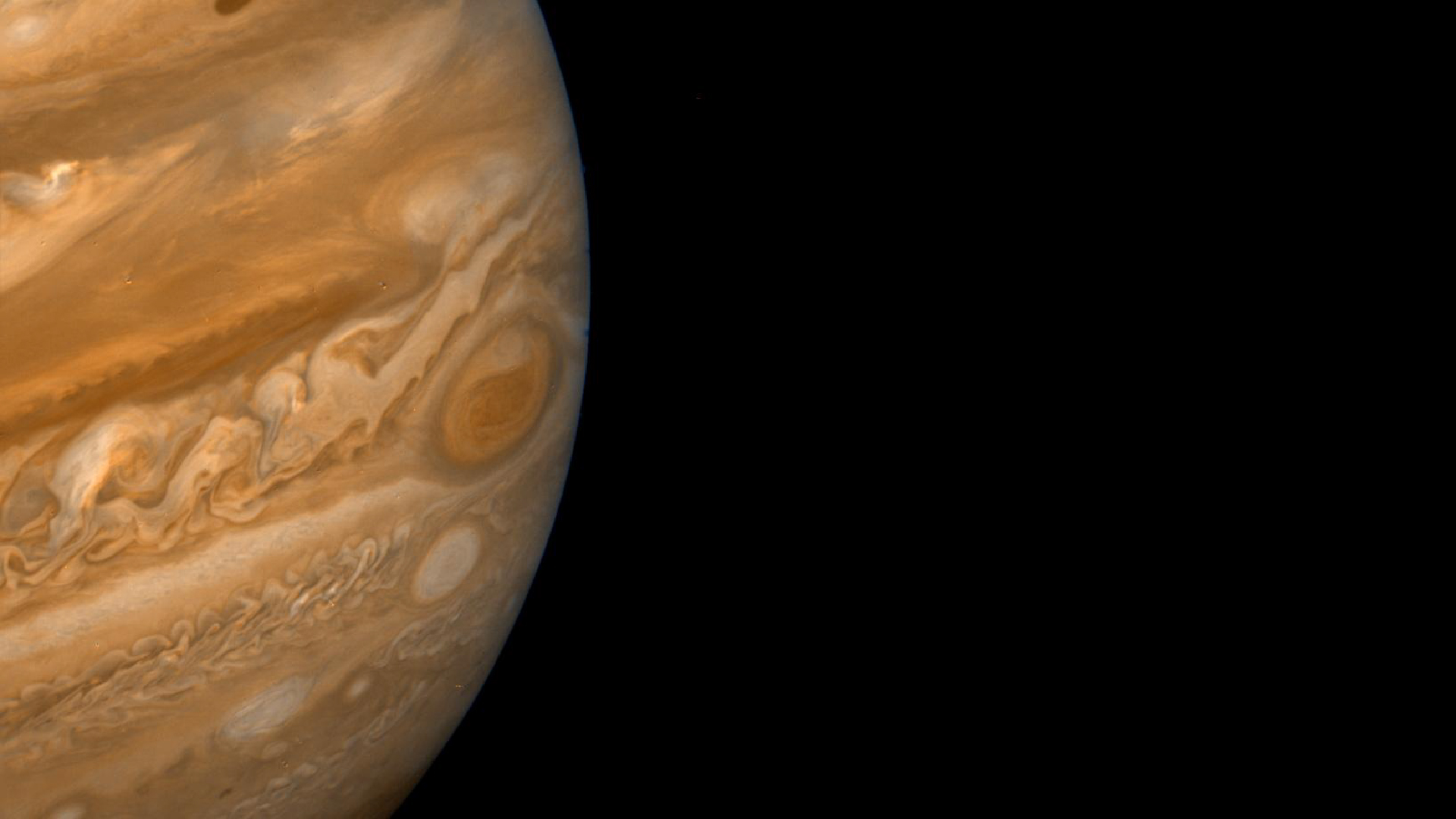Most popular meteor shower set for a dazzling peak
The most popular meteor shower of the year is about to reach its spectacular peak, promising bright streaks and even fireballs across the night sky. The Perseids, active every year between mid-July and late August, are already lighting up the heavens, but the most exciting show will take place in the early hours of August 12.
This breathtaking display happens when Earth passes through a trail of dust and debris left behind by Comet Swift-Tuttle. As these tiny particles, often no bigger than a grain of sand, collide with our atmosphere at speeds of about 36 miles per second, they burn up, creating glowing trails. Occasionally, some will flare into brilliant fireballs longer-lasting bursts of light that add extra drama to the show.
Named after the constellation Perseus, from where they appear to originate, the Perseids are known for their beauty and reliability. NASA calls them the “most popular meteor shower of the year,” attracting stargazers worldwide.
When and where to watch the most popular meteor shower
The Perseids have been active since July 17 and will continue until August 24, but experts say the peak viewing window will be between midnight on August 11 and dawn on August 12. During this time, viewers could see up to 100 meteors per hour under ideal conditions.
In the UK and other northern hemisphere locations, meteors will start becoming visible soon after sunset, but the best show is expected in the early morning hours. Adding to the cosmic spectacle, Jupiter and Venus will appear very close together on the same night, creating a rare conjunction visible just before sunrise.
Moonlight and how to work around it
This year’s peak coincides with the moon being 84% illuminated, which means its glare could wash out some of the fainter meteors. However, the Perseids are bright enough for many to still shine through.
To improve your chances, try positioning yourself where the moon is blocked by trees, buildings, or hills. This will reduce the glare and allow more meteors to be visible. Experts also recommend finding a location far from streetlights and city glow for the clearest views.
Tips to get the best experience
Meteorite specialists suggest patience and preparation. It can take your eyes up to 10 minutes to fully adjust to the darkness, so avoid looking at phone screens or bright lights. If you need light, use a red torch, which helps preserve night vision.
The best spots are wide-open areas like fields, coastlines, or hilltops, with an unobstructed view of the sky. Avoid areas with tall buildings or dense trees blocking your horizon. Once you settle in, lie back, relax, and let your eyes scan the entire sky rather than focusing on one spot meteors can appear anywhere.
Extra celestial bonus: Jupiter and Venus conjunction
The night of August 12 will be special for another reason. Just before dawn, the two brightest planets in the sky, Jupiter and Venus, will appear less than a degree apart. To the naked eye, they will seem to “kiss” in the sky, and through binoculars or a small telescope, you’ll be able to see them together in a single frame.
Jupiter’s cloud bands, and possibly even its famous Great Red Spot, could be visible with a good telescope, while Venus will show its distinct phases, much like the moon. Although moonlight will be present, it won’t overpower these bright planets.
Why this event is worth catching
The Perseids are not just a visual treat but also a connection to our planet’s place in the cosmos. The tiny dust particles that create this show are remnants of a comet that last passed close to Earth in 1992 and won’t return until 2126. Watching them burn up in our atmosphere is witnessing ancient cosmic material’s final moments.

With the added bonus of the Venus-Jupiter conjunction, the night of August 12 promises to be one of the most visually rewarding astronomical events of the year. Even if the moon hides some of the fainter meteors, the brighter ones and those dazzling fireballs will still make for a memorable experience. Also Read: iPhone 17 to Launch in September With Bigger Storage and a Price Twist
Conclusion
The most popular meteor shower of the year is nearly here, and with a little planning, you can enjoy one of nature’s most captivating shows. Find a dark spot, bring a blanket, block out the moonlight as best you can, and look up the universe has a light show in store.

